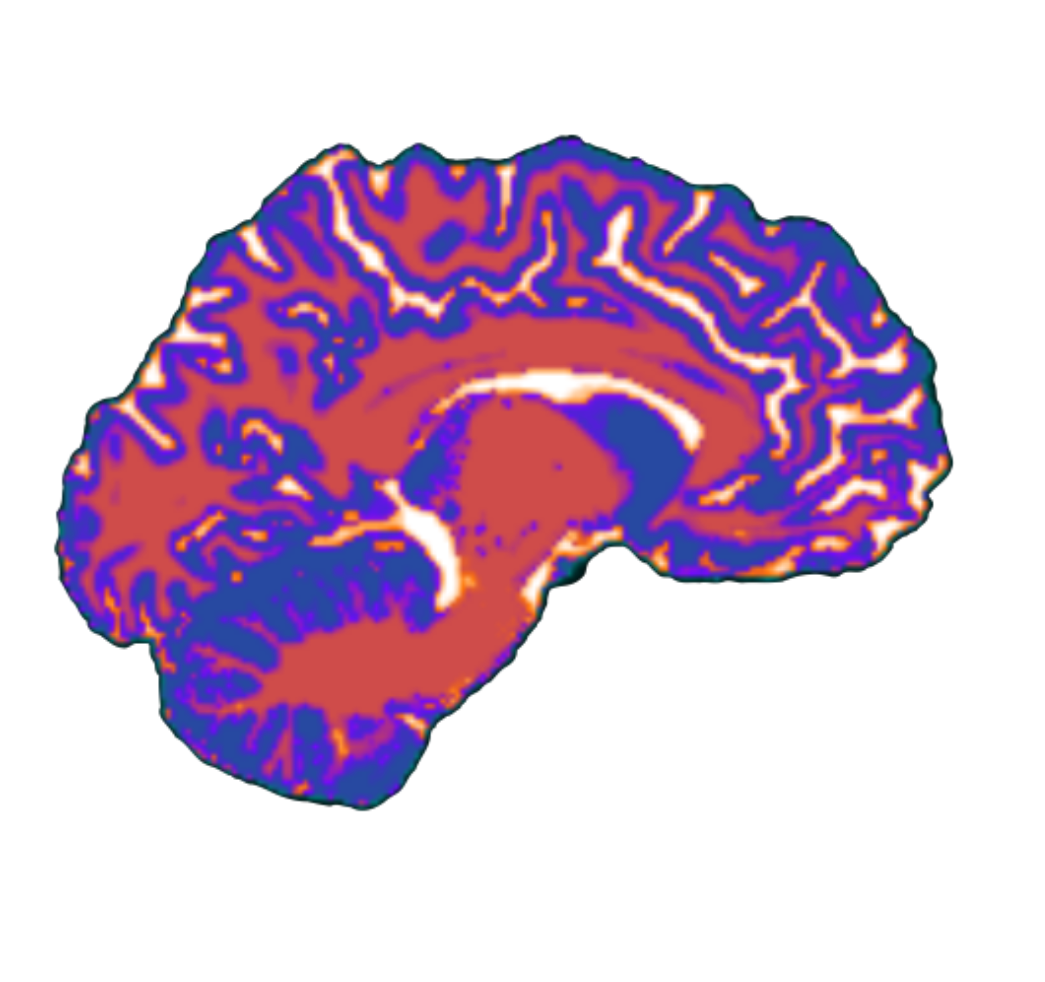ClinicalBERT
notes on paper by Huang et al. 2019 and a useful medium post on the paper
What is clinicalBERT?
- ClinicalBERT is a flexible framework used to represent clinical notes. It uncovers high-quality relationships between medical concepts, as judged by physicians.
- unstructured, high-dimensional and sparse information such as clinical notes are difficult to use in clinical machine learning models.
- Clinical notes contain significant clinical value, compared to structured features, clinical notes provide a richer picture of the patient since they describe symptoms, reasons for diagnoses, radiology results, daily activities and patient history. Problem: for time-stretched physicians (example: thosyoue working in intensive unit) can’t digest/compile all of the information presented across EHR, therefore, the question is: can a model do it for them?
- Utility of clinicalBERT: actively predicting readmission has clinical significance, as it may improve efficiency and reduce the burden on intensive care unit doctors.
- ClinicalBERT has developed a discharge support model that processes patient notes and dynamically assigns a risk score of whether the patient will be readmitted wtihin 30 days.
- ClinicalBERT can also be adapted to other tasks such as diagnosis prediction, mortality risk estimation, and length-of-stay assessment.
How is ClinicalBERT different from other models?
- Much of the previous work has used information at discharge whereas ClinicalBERT can predict readmission during a patient’s stay.
- Makinga prediction using a discharge summary at the end of hte stay means that there are fewer opportunities to reduce the chance of readmission.
- ClinicalBERT predicts readmission at any timepoint since the patient was admitted.
- Compared to two popular models of clinical text: Word2Vec and FastText, clinicalBERT more accurately captures clinical word similarity.
- Where BERT is trained on BooksCorpus and Wikipedia, ClinicalBERT is also pre-trained on clinical notes.
What does ClinicalBERT do?
- Learns deep representations of clinical text, which can uncover clinical insights (predictions of disease), find relationships between treatments and outcomes
- To evalute models on readmission prediction, a metric is defined based on a clinical challenge.
- metric is alarm fatigue: useful classification rules for medicine have to have high positive predictive value (precision).
- They evaluate model performance at a fixed positive predictive value
- They find that ClinicalBERT outperforms competitive deep language models.
- Importantly, weights can be visualized to understand which elements of clinical notes are relevent to a prediction.
Questions:
- After pre-training, ClinicalBERT is fine-tuned on a clinical task (e.g. readmission prediction). What if someone wants to use another clinical task (length of hospital stay, mortality risk estimation), are those weights available?
